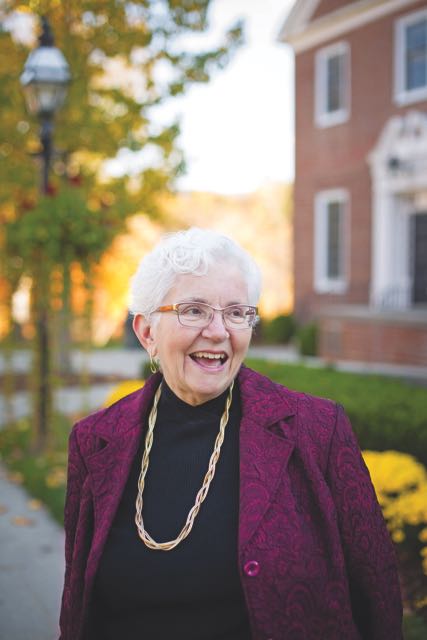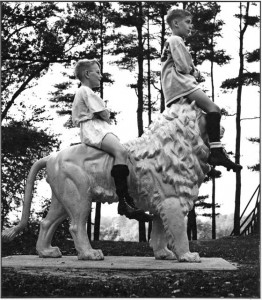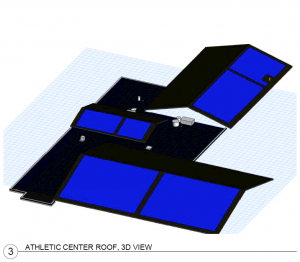I attended Williston for my senior year in 1951-52 and became involved with the ski team there just before the start of the 1951 Christmas vacation break. Mr. Babcock, one of the team coaches, had a tradition of taking a group of student-skiers to Stowe [Vermont] for a week of practice during the break and I talked my way into the group, based largely on my life-long passion for skiing and previous participation in a ski camp run by Dartmouth’s famed Olympic skier Warren Chivers at Mt. Moosilauke. Based on my performance at Stowe, Coach Babcock convinced me to drop off the basketball team and join the ski team.
We had daily practices at the Williston ski area, located a few miles out of town on the western slopes of Mt. Tom. The area was fairly close to a main road as I recall, and consisted of a 20 meter ski jump, and a sloping pasture area where there was a 500-foot rope tow with a small warming hut/motor at the base. The slalom courses and general skiing area were in the pasture. There was a adjacent downhill course that started up on Mt. Tom and for the majority of the run was nothing more than a fairly flat & winding pathway through the shrubs and trees until it took a sharp turn right into a wide open and steep 100 yard run that flattened out abruptly at the finish line. It was a very short course and all the fun was at the end. There was no ski lift of course, so skiers had to trudge through deep snow and trees up the course. Timing was done by sending off skiers from the start at regular minute intervals and a listing of racer’s names, so if skier A left at 3:10:00 and finished at 3:12:15, his time was calculated at 2 minutes and 15 seconds. Obviously this system was fraught with opportunities for mistakes and uncertainly!






